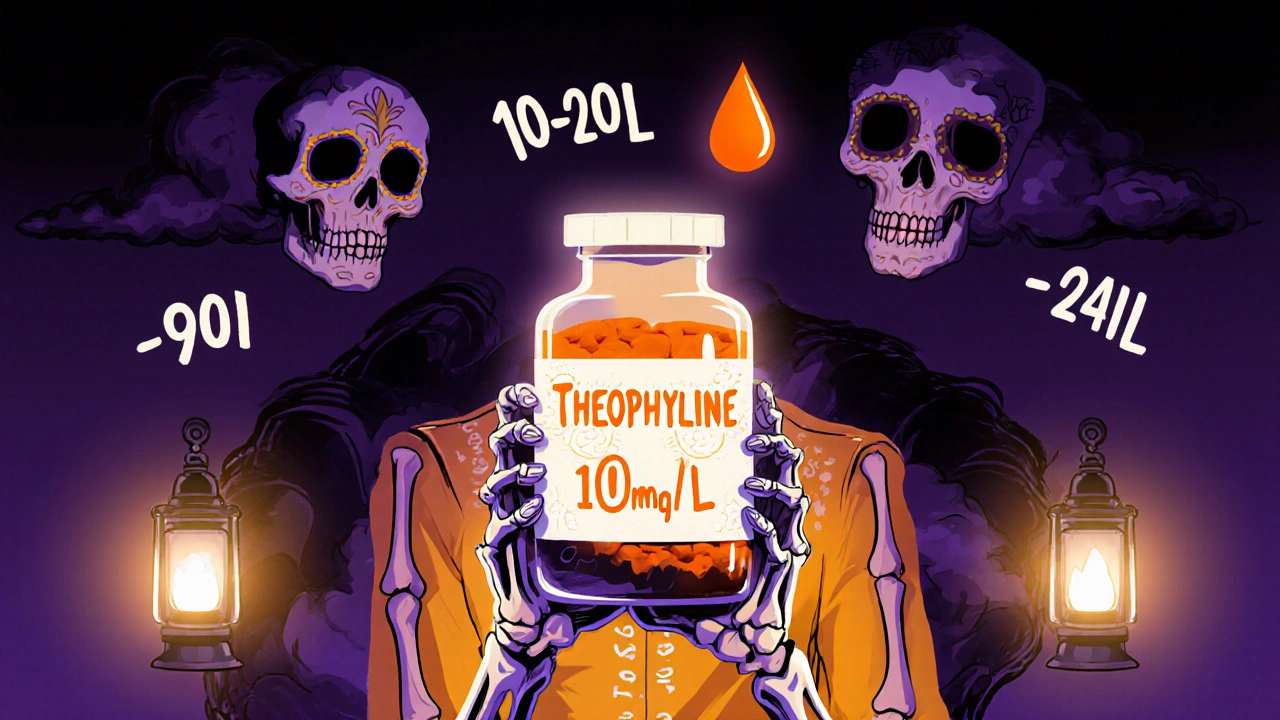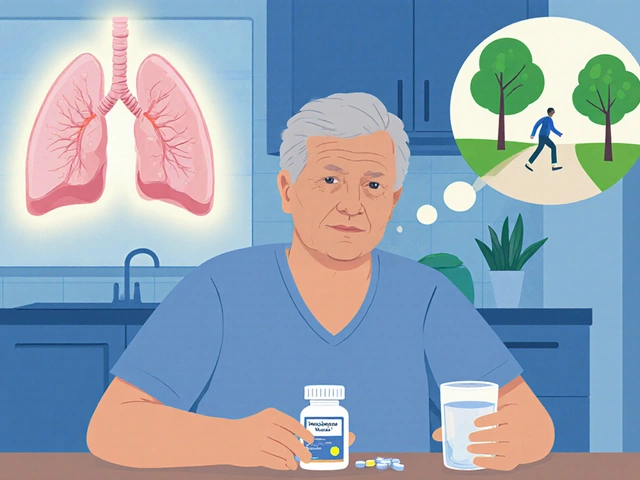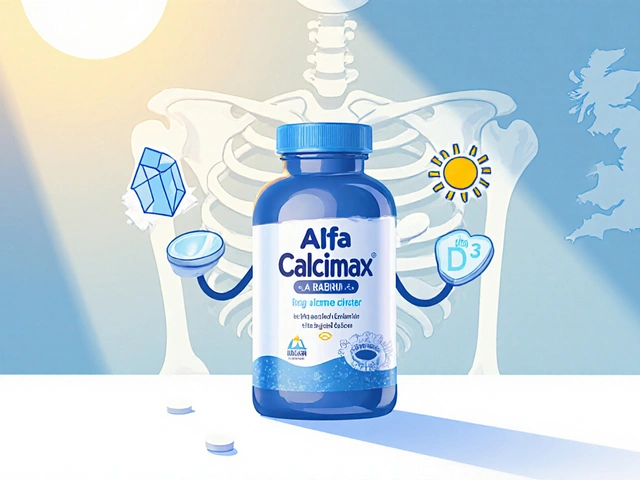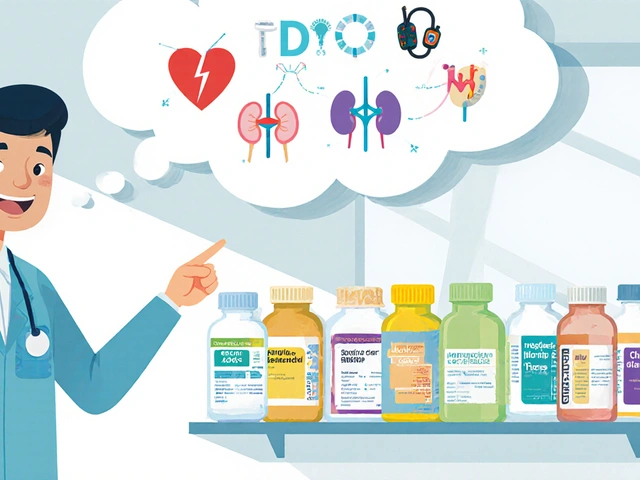
When you take theophylline for asthma or COPD, you’re not just swallowing a pill-you’re walking a tightrope. One milligram too much, and your heart could start racing. One milligram too little, and your lungs might not get the relief they need. That’s because theophylline has a narrow therapeutic index-a tiny window between working and poisoning you. And if you’re not checking your levels regularly, you’re gambling with your life.
What Makes Theophylline So Dangerous?
Theophylline isn’t like other asthma meds. While inhalers deliver medicine straight to your lungs, theophylline circulates in your blood. And it doesn’t take much to push it over the edge. The safe range? Just 10 to 20 mg/L. Go below 10, and it barely helps your breathing. Go above 20, and you risk seizures, irregular heartbeats, vomiting, or worse. At 25 mg/L or higher, the chance of death jumps sharply.
What’s worse? Your body doesn’t handle theophylline the same way as someone else’s. Two people on the same dose can have wildly different blood levels. One might feel fine. The other could end up in the ER. Why? Because the drug’s metabolism is messy. It’s broken down by your liver, and that process changes based on age, smoking, liver health, even what you ate for breakfast.
Why Your Doctor Can’t Just Guess Your Dose
Doctors used to rely on standard doses-200 mg, 300 mg, 400 mg. But that’s like driving blindfolded. Theophylline doesn’t follow rules. If you smoke, your body clears it 50% faster. Stop smoking? Levels can spike overnight. If you’re over 60, your liver slows down. If you have heart failure or liver disease? Clearance drops by half. Even a common antibiotic like ciprofloxacin can push your levels up by 65% in just three days.
And it’s not just drugs. Alcohol, caffeine, even high-protein meals can change how theophylline works. A 2023 case in Cureus showed a 68-year-old man with COPD developing life-threatening heart rhythm problems after starting ciprofloxacin. His theophylline level hit 28 mg/L-well above the danger line. He survived. But many don’t.
When and How Often Should You Get Tested?
Monitoring isn’t optional. It’s mandatory. The first blood test should happen five days after starting the drug-or three days after any dose change. That’s how long it takes for levels to stabilize. After that, stable patients need checks every 6 to 12 months. But if you’re older, have heart or liver problems, or are pregnant? You need tests every 1 to 3 months.
Pregnancy? Levels drop by 30-50% in the third trimester. Miss a test, and you’re underdosing. Start a new antibiotic? Test within 72 hours. Quit smoking? Test again in a week. Even small changes matter. The Specialist Pharmacy Service says: if you change your smoking habits, your dose might need adjusting within days.
And timing matters. For immediate-release pills, blood should be drawn right before your next dose-the trough. For extended-release versions, wait 4 to 6 hours after taking it. Get it wrong, and the result is meaningless.

What Else Should Be Monitored?
It’s not just theophylline levels. You also need to watch your heart rate. If it’s over 100 beats per minute, that’s a red flag. Tremors? Insomnia? Nausea? These aren’t just side effects-they’re early signs of toxicity. Low potassium? That’s common if you’re also on steroids or diuretics. Low potassium makes heart rhythm problems worse.
Doctors should also check your blood count. Rarely, theophylline can suppress bone marrow. And if you’re getting IV theophylline? Never mix it with dextrose solutions. It can cause clumping or even destroy red blood cells.
The Cost of Not Monitoring
According to Johns Hopkins, theophylline toxicity sends about 1,500 people to U.S. emergency rooms every year. About 10% of those cases end in death. In the UK, the NHS reports that 15% of adverse events happen because doctors didn’t adjust the dose for liver problems. Another 22% are from unmonitored drug interactions-especially with common antibiotics like erythromycin or clarithromycin.
One hospital in Manchester cut adverse events by 78% after setting up a strict monitoring protocol. Patients’ asthma control improved by 35%. That’s not just a statistic-it’s people breathing easier, avoiding hospital stays, and living better.
On patient forums like Asthma UK, 82% of long-term users say they feel more in control when their levels are in range. But 37% say the monthly blood tests are a hassle. They’re right-it’s inconvenient. But it’s also the difference between breathing normally and needing a ventilator.

Why We Still Use It
You might wonder-why keep using theophylline when there are newer, safer inhalers? Because it’s cheap. A month’s supply of generic theophylline costs $15 to $30. Biologics? $200 to $400. In places with limited healthcare access, theophylline is still a lifeline.
It also does something others don’t. Beyond opening airways, it reduces inflammation by restoring HDAC2 activity in severe asthma. That’s why it’s still recommended as a third-line treatment for hard-to-control cases, even by the American Thoracic Society. But they’re clear: “Theophylline should not be used without appropriate monitoring capabilities.”
What’s Next?
There’s hope on the horizon. Three companies are testing handheld devices that can measure theophylline levels in under five minutes-like a glucose meter for asthma. But until those are widely available and proven, the old method is still the gold standard.
The American College of Chest Physicians says it plainly: “Traditional serum concentration monitoring remains the standard of care.” No shortcuts. No guesses. No exceptions.
Even low doses aren’t safe without monitoring. A 2024 study suggested 200 mg/day might be safe without tests-but the European Respiratory Society rejected that idea. They say: every patient, every dose, every time. That’s the rule.
The numbers are rising. U.S. poison control centers saw a 23% increase in theophylline toxicity cases between 2020 and 2023. Most involved older adults with undiagnosed liver or kidney problems. They didn’t know they were at risk. They didn’t get tested. And now, they’re paying the price.
Theophylline isn’t a drug you take and forget. It’s a tool that demands respect. It works. But only if you watch it closely. Every test, every dose adjustment, every change in your life-those aren’t annoyances. They’re safeguards.
If you’re on theophylline, your blood test isn’t just a routine check. It’s your safety net. Skip it, and you’re not just risking side effects. You’re risking your life.
How often should theophylline levels be checked?
Initial testing should happen 5 days after starting treatment or 3 days after a dose change. For stable patients, check every 6 to 12 months. But if you’re over 60, have heart or liver disease, or are pregnant, you need tests every 1 to 3 months. Always test after starting or stopping antibiotics, changing smoking habits, or if you feel symptoms like nausea, tremors, or a racing heart.
What is the safe range for theophylline levels?
The standard therapeutic range is 10 to 20 mg/L (or μg/mL). Some patients may respond well to levels between 5 and 15 mg/L, especially if they’re older or have other health issues. But levels above 20 mg/L significantly increase the risk of serious side effects. Above 25 mg/L, the risk of seizures or fatal heart rhythms becomes very high.
Can I stop getting blood tests if I feel fine?
No. Feeling fine doesn’t mean your levels are safe. Theophylline can build up slowly without symptoms until it’s too late. Many people don’t feel sick until their levels are dangerously high. Blood tests are the only way to know for sure. Even if you’ve been stable for years, skipping tests puts you at risk-especially as you age or if your health changes.
Which drugs interact with theophylline?
Many common drugs can change theophylline levels. Antibiotics like erythromycin, clarithromycin, and ciprofloxacin can increase levels by 50-100%. Drugs like carbamazepine, rifampicin, and St. John’s Wort can drop levels by 30-60%. Even over-the-counter meds like cimetidine (Tagamet) or allopurinol (for gout) can interfere. Always tell your doctor what you’re taking-even supplements.
Why does smoking affect theophylline levels?
Smoking activates liver enzymes that break down theophylline faster. Smokers clear the drug 50-70% quicker than non-smokers. That means they often need higher doses to stay in the safe range. But if you quit smoking, your body slows down the breakdown-and levels can rise dangerously fast. That’s why you need a blood test within a week of quitting.
Is theophylline still used today?
Yes, but only as a third-line option for severe asthma or COPD when inhalers aren’t enough. About 1.2 million people in the U.S. and 850,000 in Europe still take it. It’s used because it’s affordable and has unique anti-inflammatory effects. But it’s only safe with strict monitoring. Newer drugs are preferred, but theophylline remains vital in low-resource settings and for patients who don’t respond to other treatments.





There are 13 Comments
Nicole Ziegler
just took my theophylline this morning and checked my levels last week - 14.2 mg/L 😌 thanks for the reminder that this ain't something you can just wing. i used to skip tests when i felt fine… until i got the tremors and heart palpitations. never again. 🙏
Bharat Alasandi
bro theophylline is the OG bronchodilator. yeah it's a beast - narrow TI, metabolic chaos, drug interactions galore - but when you're in a resource-poor setting or your biologics got denied by insurance? it's the only thing keeping you upright. i've seen patients in Mumbai on this for 20 years - they get tested every 6 weeks, watch their caffeine, and avoid cipro like the plague. it works if you respect it. no cap.
Kristi Bennardo
This is not a suggestion. This is not a gentle reminder. This is a medical emergency waiting to happen because people treat life-saving medication like a Spotify playlist - 'I'll just skip this one test.' The fact that 10% of toxicity cases end in death should be enough to make you drop everything and get your blood drawn. If your doctor isn't demanding monthly labs for high-risk patients, find a new one. Immediately.
Shiv Karan Singh
lol yeah right. 'monitoring is mandatory.' sounds like a pharma scam to keep you coming back for blood draws. i've been on this for 8 years. never tested. still breathing. my grandma took it in 1972 without a single lab. you guys are overcomplicating everything. maybe the real problem is that docs don't know how to prescribe anymore. 😏
Ravi boy
so i been on theo for 5 years now in Delhi. smoke? yeah. quit last year. no test for 10 days. felt weird. dizzy. heart racing. went to clinic. level was 23.5. doc said 'bro you almost died.' now i get tested every 2 months. its a pain but better than the ER. also dont mix with turmeric supplements. they say its good but it messes with liver. true story.
Matthew Karrs
let me guess - the 'narrow therapeutic index' is just a cover for the fact that the drug was approved in the 1950s and no one had the guts to pull it. they're not monitoring it for safety - they're monitoring it because the FDA won't let them replace it with something better. and don't get me started on the '3 companies testing handheld devices' - that's just a PR stunt to keep investors happy. the real story? theophylline is a relic. and we're all just playing Russian roulette with our liver enzymes.
Matthew Peters
my dad was on this for COPD. one day he started taking cipro for a sinus infection. three days later - seizure. ICU. ventilator. he’s fine now but it changed him. i didn’t even know theophylline existed until then. now i keep his levels printed on the fridge next to his meds. if you’re on this, you’re not a patient - you’re a scientist. your body is the lab. and every antibiotic, every cup of coffee, every smoke break? it’s a variable. you can’t ignore it.
Liam Strachan
really appreciate this breakdown. i’m a nurse in Glasgow and we’ve had a few close calls with theophylline - mostly because patients think 'if it’s cheap, it’s safe.' not true. we now have a printed checklist for every new prescription: smoking status? antibiotics? age? liver enzymes? caffeine intake? if any box is unchecked, we hold the script until labs are done. simple. effective. saves lives.
Gerald Cheruiyot
we treat medicine like it's a fixed equation. take pill, get better. but theophylline reminds us that biology is messy. your liver doesn't care about your doctor's chart. it cares about your breakfast, your sleep, your stress, your last cigarette. maybe the real lesson here isn't about monitoring - it's about humility. we don't control our bodies. we negotiate with them. and this drug? it demands respect. not because it's dangerous - but because it's alive in how it interacts with us.
Michael Fessler
just wanna add - if you're on steroids or diuretics with theo, watch your K+. low potassium + high theo = arrhythmia waiting to happen. i've seen it twice in the ER. patient felt fine, labs showed K+ 3.0, theo level 22. they coded. got saved. now we check electrolytes with every theo level. also - extended release? draw at 4-6hrs post-dose. if you draw pre-dose, you're measuring nothing. trust me, i'm a pharmacist. this shit matters.
Jeremy Samuel
so like… theo is just like weed but for lungs? smoke more = need more dose? quit = boom overdose? sounds like a bad drug trip. also why do docs still use this? like its 1987. get a puffer already lol
Destiny Annamaria
my cousin in Arizona got hospitalized last year for this. she thought she was fine because she wasn't wheezing. turns out her level was 27. she had a seizure in her kitchen. now she has a little card in her wallet that says 'THEOPHYLLINE - DO NOT GIVE CIPRO OR MACROLIDES.' she carries it like a badge. i told her she’s basically a walking medical alert system. she laughed. then cried. then got her blood drawn again.
Ron and Gill Day
How dare you imply this outdated, toxic, poorly studied 1950s compound should still be used? The fact that it’s still on formularies is a national disgrace. Modern pulmonology has moved on. Anyone prescribing theophylline without a PhD in pharmacokinetics is either incompetent or financially incentivized. This isn’t medicine - it’s medical colonialism disguised as affordability. And the fact that people are praising it as a 'lifeline' is just tragic.
Write a comment
Your email address will not be published. Required fields are marked *